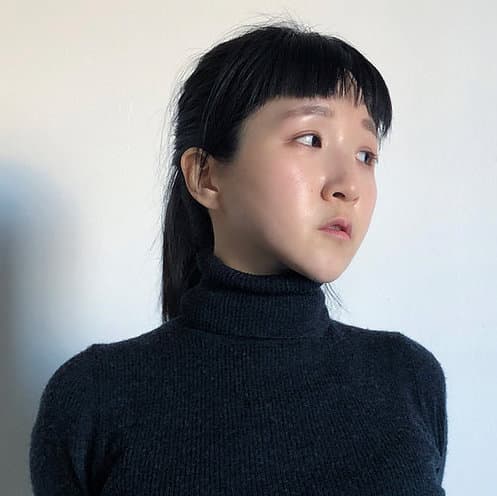I - Introduzione: Lento
II - Marcia: Allegro

3rd Suite for solo cello
Julia Yang, cello
Hsiao-Chu Hsia, dance
Britten composed the Third Suite in 1971, inspired by Rostropovich's playing of the unaccompanied Cello Suites of Bach. Rostropovich
first performed the suite at the Snape Maltings, 21 December 1974. In 1979 the Britten Estate authorised Julian Lloyd Webber to make the
suite's first recording.
The work incorporates four Russian themes, including three arrangements of folksongs by Pyotr Tchaikovsky, reminiscent of Beethoven's use
of Russian themes in the Razumovsky quartets. The final Russian tune, stated simply at the end of the set, is the Kontakion, the Russian Orthodox
Hymn for the Dead. Philip Brett considers the Third Suite to be the most passionate of the three.




Praised for “her sense of joyful virtuosity” as concerto soloist, Julia Yang is a dynamic and versatile cellist, founding member of the award winning Merz Trio and recent member of Carnegie Hall's Ensemble Connect(South Florida Classical Review). She was recently featured in the 2018-19 season as a Young Artist in Residence on Performance Today with Fred Child.
Merz Trio, Ms. Yang's piano trio, winner of the 2019 Concert Artists Guild, garnered First Prizes at both the 2019 Fischoff Competition and 2018 International Chesapeake Competition. Alongside maintaining an active concertizing schedule, the Merz Trio presents innovative multidisciplinary concert experiences interweaving the piano trio genre with diverse art forms ranging from the visual arts, literature and dance to theatre and the culinary arts.
As a solo cellist, Ms. Yang has won top prizes at competitions including the Lennox International Competition and the Union League of Chicago’s Young Artist Competition and performed as concerto soloist with the New World Symphony Orchestra, Central Florida Symphony Orchestra, and Northwestern University Symphony Orchestra.
As chamber musician, Julia has been called the "stunning find of the evening" (New York Classical Review) and has been noted for her “deep tone” and “precision,” and has performed throughout the United States and internationally in Europe, Australia and Canada (South Florida Classical Review). Festival performances include the Marlboro Music Festival, Lake Champlain Chamber Music Festival, Yellow Barn, Perlman Chamber Music Program, the Taos School of Music, Britten-Pears’ Young Artist Program, and Poland’s Krzyzowa-Music. Her chamber performances have been broadcasted on national radio throughout the United States as well as in Germany and Poland, and she can be heard on CD with the Aldeburgh Strings (Linn Records).
As orchestral leader, Ms. Yang has toured as principal cellist of the New World Symphony, and has performed as principal under conductors such as Michael Tilson Thomas, Susanna Malkki, James Gaffigan, John Adams, and Leonard Slatkin and many others in halls including Carnegie Hall, Boston’s Symphony Hall, the Kennedy Center and Miami’s New World Center and Arsht Center.
As educator and pedagogue, Ms. Yang has held residencies giving masterclasses at the New England Conservatory’s Prep Division and as artist faculty at C’est Bon Chamber Music Camp, and has coached as a mentor at the Four Seasons Chamber Music Institute and as an Interactive Performance Coach at Carnegie Hall’s Audience Engagement Intensive.


With a psychology background, Hsiao-Chu (Julia) Hsia is a freelance artist now working in the New York City area after receiving her Master’s degree in Community Arts at Maryland Institute College of Art. She focuses on performance art and painting, simultaneously investigates relational art and mental health. Her vision is to keep developing the interdisciplinary of the two fields, psychological art, in order to utilize psychology knowledge on a broader scale in art.
Julia sees her art as a medium that has the ability to raise awareness of social issues mildly. She tends to build each of her performances into a conversation by utilizing interactions in order to invite audiences to not only view as audiences but also join the conversation with her. Julia expects her performances can become mind-open spaces for people to share thoughts comfortably and talk about social issues safely together.
Being involved in communities allows Julia to learn from others and see social issues in different aspects. She values the time that an artist spends on relationship building as an artist in the community. This is the way she becomes a part of the people and stays in solidarity with them.